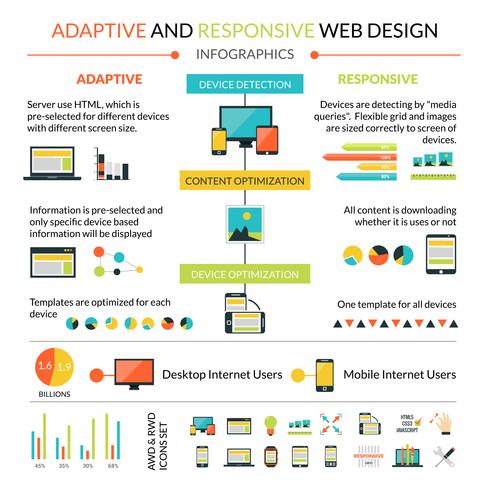Intrigued In Discovering Just How Internet Site Style Has Developed? Explore The Journey From Simple Designs To User-Centric Methods
Intrigued In Discovering Just How Internet Site Style Has Developed? Explore The Journey From Simple Designs To User-Centric Methods
Blog Article
Composed By-Johansen Vinson
In the past, internet sites were straightforward and focused on details. Navigating was straight, and style was for desktops. Now, individual experience is key. Data guides designs for simple navigation. Responsive layouts fit different gadgets. Today, dark mode reduces stress, and minimal menus improve navigating. Interactive features engage users, and vibrant visuals attract attention. AI combination improves engagement. See exactly how layout has developed to boost your on-line journey.
Very Early Days of Web Design
In the very early days of website design, simpleness reigned supreme. Websites were basic, with limited shades, fonts, and formats. The focus got on providing details rather than flashy visuals. Customers accessed the net via slow dial-up links, so speed and capability were vital.
Navigation food selections were straightforward, commonly located on top or side of the web page. Internet sites were created for home computer, as mobile surfing had not been yet widespread. Material was king, and designers prioritized simple readability over intricate layout aspects.
HTML was the main coding language utilized, and developers had to function within its restraints. Animations and interactive attributes were very little compared to today's criteria. Internet sites were fixed, with little dynamic web content or personalized individual experiences.
Surge of User-Focused Style
With the advancement of site design, a change towards user-focused style principles has become progressively prominent. Today, creating internet sites that prioritize individual experience is vital for engaging site visitors and achieving organization objectives. User-focused layout includes recognizing the needs, preferences, and actions of your target audience to tailor the website's format, content, and features appropriately.
Designers currently conduct thorough research, such as customer surveys and use testing, to collect understandings and responses straight from customers. This data-driven strategy helps in producing user-friendly navigating, clear calls-to-action, and visually attractive user interfaces that resonate with visitors. By placing the individual at the facility of the layout procedure, internet sites can supply an extra individualized and delightful experience.
Receptive style has actually also become a vital element of user-focused style, making certain that web sites are enhanced for various gadgets and display sizes. This adaptability boosts access and use, dealing with the diverse ways individuals engage with sites today. Fundamentally, the surge of user-focused layout signifies a change towards producing digital experiences that focus on the requirements and assumptions of the end individual.
Modern Trends in Website Design
Explore the most up to date fads shaping website design today. https://itbrief.com.au/story/martech-experts-reveal-the-buzz-on-personalisation is dark mode layout, providing a smooth and modern appearance while reducing eye stress in low-light atmospheres. An additional essential fad is minimal navigating, simplifying menus and boosting individual experience by focusing on essential elements. Integrating read more -interactions, such as animated buttons or scrolling effects, can produce a much more interesting and interactive site. Receptive layout stays vital, ensuring smooth individual experiences throughout different devices. In addition, utilizing strong typography and asymmetrical formats can include aesthetic passion and accentuate details content.
Incorporating AI innovation, like chatbots for customer support or tailored suggestions, improves individual involvement and enhances processes. Accessibility has additionally end up being a significant trend, with designers prioritizing inclusive style methods to cater to diverse user demands. Welcoming sustainability by optimizing web site performance for rate and efficiency is an additional emerging pattern in web design. Working together with customer responses and information analytics to repeat and improve layout constantly is vital for remaining appropriate in the ever-evolving digital landscape. By welcoming these contemporary trends, you can develop a visually attractive, straightforward web site that reverberates with your audience.
Final thought
As you review the advancement of site layout from the early days to currently, you can see exactly how user-focused design has come to be the driving force behind modern patterns.
Accept the trip of adjustment and adjustment in web design, always keeping the user experience at the forefront.
Keep current with the current patterns and innovations, and never stop progressing your strategy to create aesthetically magnificent and easy to use websites.
Develop, adapt, and create - the future of website design remains in your hands.
